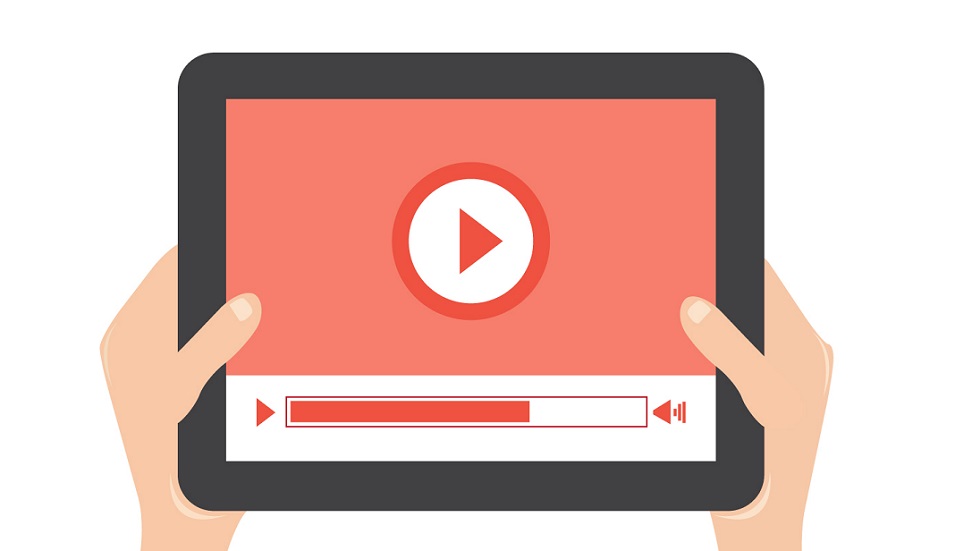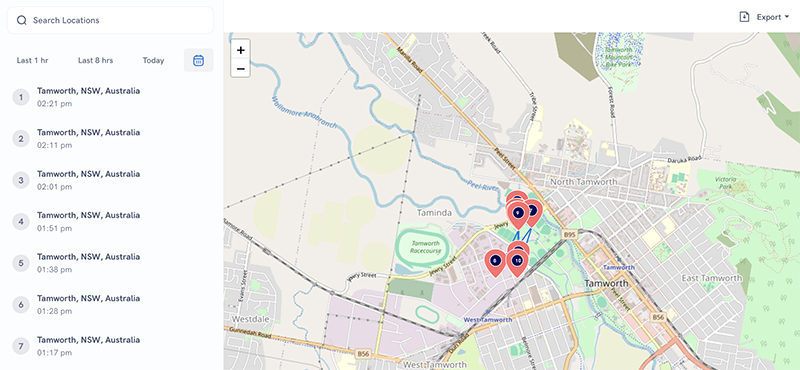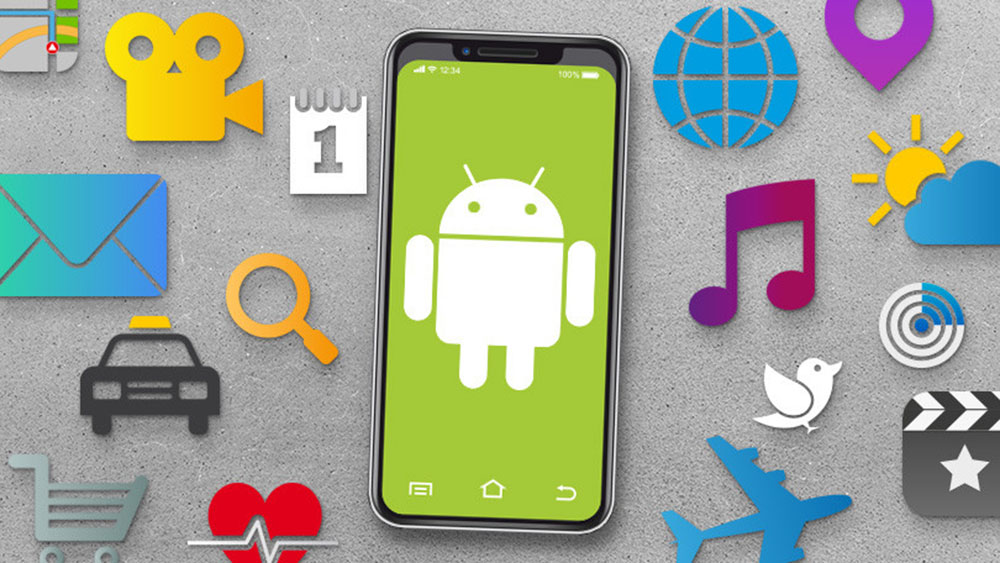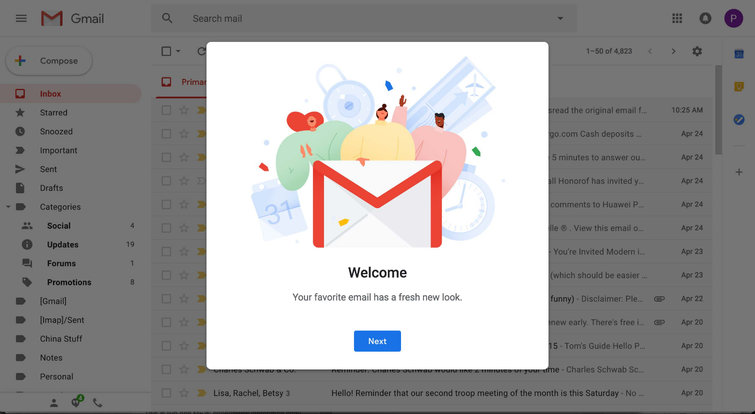The iPhone’s camera and photo gallery hold cherished memories, but there may be situations where you need to track the iPhone camera and pictures remotely. Whether it’s for parental supervision, ensuring workplace security, or addressing concerns in a relationship, this blog post will guide you through tracking iPhone cameras and pictures remotely. However, it is essential to note that monitoring someone’s camera and photographs without their knowledge should only be done within legal and ethical boundaries and with the appropriate permissions.
Understanding the Need for Remote Tracking
1. Parental Concerns
As a parent, you want to ensure your child’s safety and protect them from potential online threats. Remote tracking of the iPhone camera and pictures can help you monitor their online activities, detect inappropriate content or behavior, and prevent them from sharing sensitive or compromising photographs. It enables you to have open conversations about responsible online behavior and address any concerns that may arise.
2. Workplace Security
In specific work environments, monitoring the iPhone camera and pictures remotely can be essential for ensuring workplace security. It can help prevent unauthorized photography or recording of sensitive information, intellectual property theft, or breaches of confidentiality. However, informing employees of such monitoring practices and complying with applicable employment laws and regulations is crucial.
Methods for Remote Tracking
1. iCloud Photo Library

If the target iPhone has iCloud Photo Library enabled, you can remotely access and track the camera and pictures through iCloud. Here’s how:
a. Ensure iCloud Photo Library is Enabled
On the target iPhone, go to “Settings” > [Your Name] > “iCloud” > “Photos” and toggle on the “iCloud Photo Library” option. This will sync the device’s photos with iCloud.
b. Accessing iCloud Photos
On a separate device, such as a computer or another iPhone, go to the iCloud website (www.icloud.com) and sign in using the target device’s iCloud credentials. From there, click the “Photos” icon to view and track the iPhone’s camera and pictures stored in iCloud.
2. Monitoring Apps
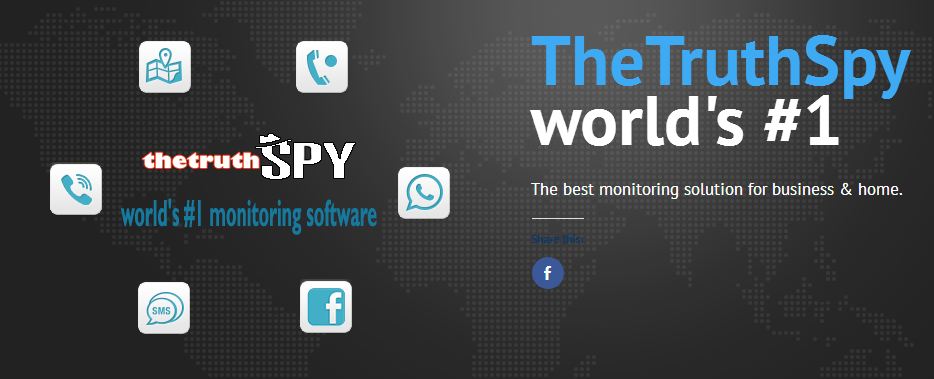
Specialized monitoring apps can provide remote access to the iPhone’s camera and pictures. These apps offer comprehensive features for tracking various aspects of the device’s activities. Here are two notable monitoring apps:
a. TheTruthSpy
TheTruthSpy is a widely recognized monitoring app that offers remote tracking capabilities. Sign up for an account on the TheTruthSpy website, follow the installation instructions at app.thetruthspy.com, and configure the app to monitor the iPhone’s camera and pictures. Once installed, you can access the camera remotely and view the images taken on the target device through the app’s online dashboard.
b. FlexiSPY
FlexiSPY is another reputable monitoring app that provides advanced remote tracking features. Create an account on the FlexiSPY website, follow the installation instructions for the target iPhone’s operating system (iOS), and set up the app to monitor the camera and pictures. With FlexiSPY, you can remotely access the camera, view real-time photos, and browse the device’s photo gallery through the app’s online portal.
Ethical Considerations and Privacy
1. Consent and Communication
Obtaining consent and maintaining open communication is crucial when remotely tracking someone’s iPhone camera and pictures. Transparently discuss the reasons and intentions behind the tracking with the individuals involved, ensuring mutual understanding and agreement. This fosters trust, respect, and a healthy approach to addressing concerns.
2. Legal Compliance
Before engaging in remote tracking, familiarize yourself with the legal regulations governing privacy and surveillance in your jurisdiction. Adhere to these laws and ensure your monitoring activities comply with legal requirements. Violating privacy laws can lead to severe consequences and damage relationships.
Conclusion
Tracking the iPhone camera and pictures remotely can serve valid purposes in certain situations, such as parental concerns, workplace security, or addressing relationship issues. However, it is crucial to approach remote tracking responsibly, respecting privacy, and adhering to legal and ethical boundaries. Understand the reasons behind the monitoring, obtain consent, communicate openly, and use the information obtained responsibly. By navigating this process with care, you can ensure safety, security, and trust while addressing valid concerns and fostering a healthier and more secure environment.
